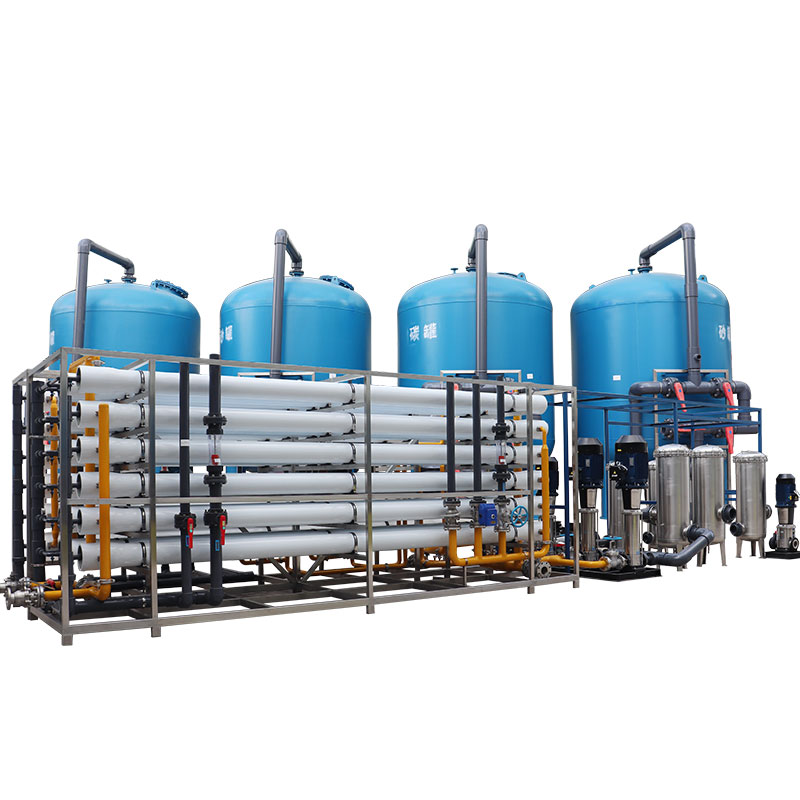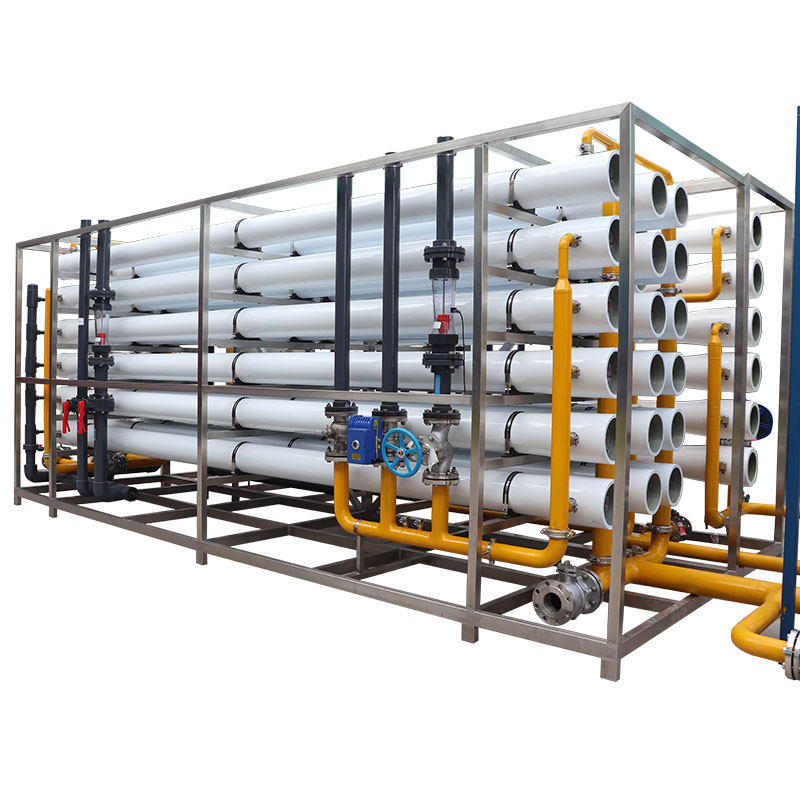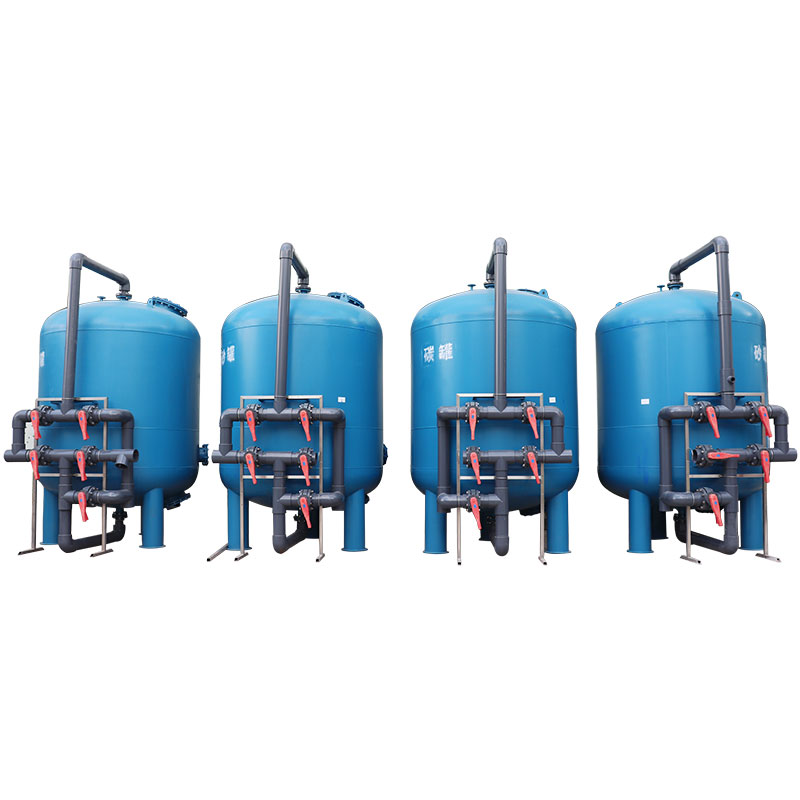What is RO in water treatment system?
RO (reverse osmosis) plays an important role in water treatment systems. It is an efficient water treatment technology that can effectively remove dissolved solids and ions in water and provide pure water resources. This article will deeply explore the role, working principle and application fields of RO in water treatment systems.
What is RO in water treatment systems?
1. Definition and function of RO
RO, or reverse osmosis, is a technology that uses the principle of semi-permeable membrane filtration to remove impurities from water. In water treatment systems, RO is widely used to remove dissolved solids, salts and organic matter from water to obtain high-purity water resources. It plays an important role in providing drinking water, industrial water and medical water.
2. How RO works
RO uses high pressure to force water through a semipermeable membrane. The semipermeable membrane can block most dissolved solids and ions and other substances, allowing only water molecules to pass through, thereby purifying water. This separation process causes water to move from a high-concentration solution to a low-concentration solution, contrary to the natural phenomenon of osmosis.
3. Application fields of RO
RO technology is widely used in various fields, including but not limited to drinking water treatment, industrial water treatment, seawater desalination, medical water treatment, etc. In drinking water treatment, RO systems can effectively remove heavy metals, bacteria and organic substances in water, providing safe drinking water that meets health standards.

How effective is RO in industrial water treatment?
1. Improve water quality
RO can effectively improve water quality in industrial water treatment, remove dissolved solids, heavy metals, organic substances and other pollutants in the water, and ensure water quality safety during the production process.
2. Save resources
Treating industrial water with RO technology can reduce water consumption, improve water utilization, and reduce sewage discharge to achieve the purpose of saving resources and protecting the environment.
3. Improve production efficiency
RO technology can provide stable, high-quality water resources and ensure water quality requirements in the industrial production process, thereby improving production efficiency and product quality.

What are the applications of RO technology in water treatment?
1. Drinking water treatment
RO technology is often used in drinking water treatment plants to remove impurities and dissolved substances from tap water to produce clean drinking water. This kind of water is clean and tastes good, and can be drank directly or used in food processing, beverage manufacturing, etc.
2. Industrial water
Many industrial production processes require high-purity water, and RO technology can provide raw water that meets the requirements. Electronic manufacturing, pharmaceutical production and other industries have extremely high requirements for water quality, and RO technology plays an important role in them.
3. Desalination
In the field of seawater desalination, RO technology is a commonly used seawater desalination method. By treating seawater with an RO system, high-quality fresh water can be obtained for irrigation, industrial production or drinking water supply.

Environmental impact and sustainability of RO technology
1. Energy consumption
RO technology requires a large amount of energy to push water through a semipermeable membrane, part of which comes from non-renewable energy sources such as fossil fuels. This results in RO technology having energy consumption issues to a certain extent, increasing carbon emissions and environmental load.
2. Membrane fouling and waste disposal
The membranes used in RO systems may be contaminated by pollutants in the water, reducing their purification efficiency and producing a large amount of waste membranes. Effective methods are required to deal with these contaminated membranes and waste to reduce their impact on the environment.
3. Brine discharge
When RO technology treats seawater, a large amount of brine by-products will be produced. If left untreated, these saltwaters will have an impact on surrounding marine ecosystems, leading to increased salinity and destruction of biological habitats.
4. Sustainability considerations
In order to improve the sustainability of RO technology, measures need to be taken to reduce energy consumption, increase membrane service life, optimize waste treatment methods, etc. In addition, integration with other water treatment technologies can be explored to reduce environmental impact and achieve more sustainable water use.




